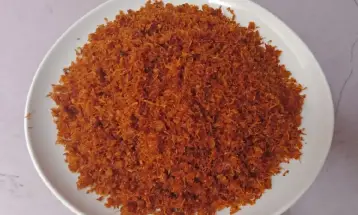Busan, A Colorful City In South Korea

Holiday Ayo - Busan, officially known as Busan Metropolitan City, is South Korea's second-most populous city after Seoul, with a population of over 3.4 million inhabitants.
Formerly romanized as Pusan, it is the economic, cultural, and educational center of southeastern South Korea, with its port—Korea's busiest and the sixth-busiest in the world. The surrounding "Southeast Economic Zone" (including Ulsan and South Gyeongsang) is South Korea's largest industrial area.
Busan is divided into 15 major administrative districts and a single county, together with housing a population of approximately 3.6 million.
The full metropolitan area, the Southeastern Maritime Industrial Region, has a population of approximately 8 million. The most densely built-up areas of the city are situated in a number of narrow valleys between the Nakdong and the Suyeong Rivers, with mountains separating most of the districts.
The Nakdong is Korea's longest river and Busan's Haeundae Beach is also the country's largest.
Busan not only features a variety of antique and souvenir shops, but also unique restaurants, attractions, and accommodations.
Nampo-dong is a central shopping and café district. The area around Pukyong National University and Kyungsung University also has many cafés, bars, and restaurants attracting college students and youth.
Busan is called the summer capital of Korea since it attracts tourists from all over the country to its six beaches.
Luxury hotels and a carnival boardwalk line the beach at Haeundae. Gwangalli Beach has cafés, bars, and restaurants along the beach, and the Grand Gwangan Bridge.
Other beaches include Dadaepo Beach on the west edge of the city and Songdo Beach, which is south-central.
Haeundae Beach is one of the most famous beaches in Korea. The 2009 film Tidal Wave (2009) is about a tsunami hitting Busan at this beach.
Geumjeongsan to the west is a weekend hiking spot for Busan residents.
To the north, the neighborhoods around Pusan National University have student theaters, cafés, bars and restaurants, as well as open-air cultural street performances on weekend nights.
Nearby is Beomeosa, the city's main Korean Buddhist temple.
Yongdusan Park occupies 69,000 square meters/17 acres (7 ha) and is home to the Busan Tower, Yongdusan Art Gallery, and the Busan Aquarium, the largest aquarium in South Korea.
The park supports approximately seventy different species of trees and is a tourist destination, with various cultural events throughout the year.
Dongnae-gu is a wealthy and traditional residential area. Dongnae Oncheon is a natural spa area with many baths, tourist hotels, restaurants, clubs and shopping areas.
Many restaurants in the area use family recipes. Chungnyeolsa is a Confucian shrine for soldiers who died during the 16th century battle against the Japanese at Dongnae Fortress.








Leave a comment